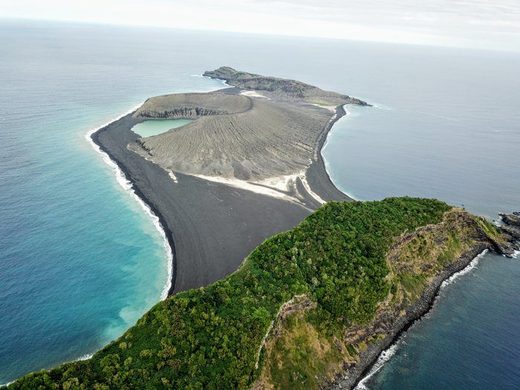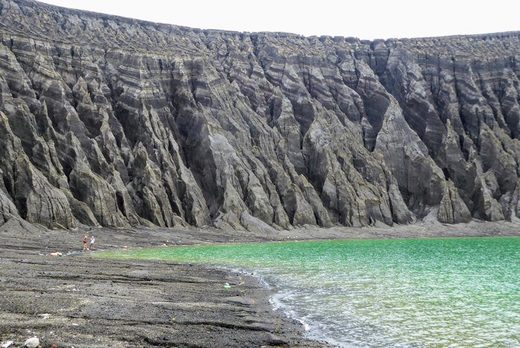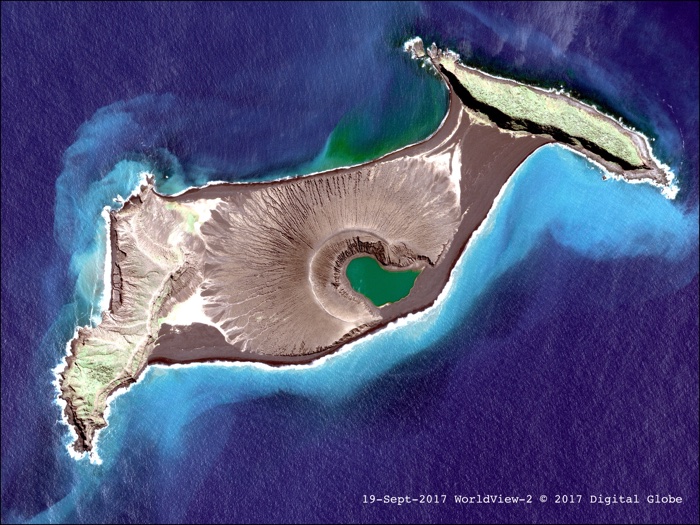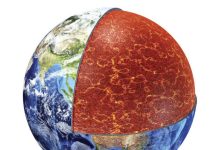In late December 2014 into early 2015, a submarine volcano in the South Pacific Kingdom of Tonga erupted, sending a violent stream of steam, ash and rock into the air. When the ash finally settled in January 2015, a newborn island with a 400-foot summit nestled between two older islands – visible to satellites in space.

The newly formed Tongan island, unofficially known as Hunga Tonga-Hunga Ha’apai after its neighbors, was initially projected to last a few months. Now it has a 6- to 30-year lease on life, according to a new NASA study.
Incredibly, Hunga Tonga is only the third known volcanic pop-up like this to have arisen in the last 150 years, so it’s an incredible scientific opportunity to investigate its esoteric environment – and especially to see how that landscape might resemble other strange and rocky terrain… including, hypothetically, that of Mars.
Recent expedition
A recent expedition to the island by boat gave scientists a rare chance to see the young upstart with their own eyes and explore its rocky slopes on foot.
“Most of it is this black gravel, I won’t call it sand – pea sized gravel – and we’re mostly wearing sandals so it’s pretty painful because it gets under your foot.”

“It’s pretty flat, but there’s still some gradients and the gravels have formed some cool patterns from the wave action.”
“And then there’s clay washing out of the cone. It’s mud, this light-coloured clay mud. It’s very sticky. So even though we’d seen it we didn’t really know what it was, and I’m still a little baffled of where it’s coming from. Because it’s not ash.”
But perhaps the most remarkable thing about this young island is how quickly life seems to have embraced it.
In addition to patches of vegetation growing on the land mass (suspected to have been seeded by bird droppings), the team also spied hundreds of seabirds called sooty terns (Onychoprion fuscatus) nesting in Hunga Tonga’s cliff gullies, along with a solitary barn owl passing overhead.

But already that landscape is under threat. Volcanic islands like this sometimes only last for months before erosion washes them back into nothingness, and nobody knows for sure how long Hunga Tonga will keep its head above water.
So far, the prognosis is grim. The island is eroding by rainfall much more quickly than imagined. And the waves… It’s just that the whole island is going down, too.
It’s a somewhat fantastic premise, but NASA thinks Honga Tonga’s unique geography could provide a new model for investigations into the history of water on Mars, which could help us understand if life ever existed – or yet does – on the Red Planet. But again… the time is short!
Follow us on Facebook and Twitter or become a Patron on Patreon / donate through Paypal. Please and thank you
[NASA, ScienceAlert]











